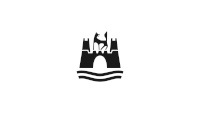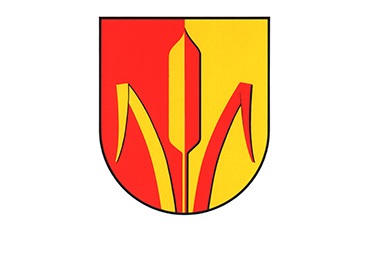History
The first documented mention of the village dates back to 1302, when the Lords of Bartensleben summoned knights and noblemen as envoys to Wolfsburg Castle to decide on the reorganization of some parishes.
Among the envoys who sealed this legal act was the knight "Borchadus von Moziz" (Burkhard von Mörse).
Further documentary mentions with changed place names date back to 1317 as Mosethe, 1336 as Mosetze, 1359 as Mosizte, 1385 as Mortze and 1472.
However, the village is far older than the documents attest. The first settlers settled directly in parts of today's village area around the 10th century, around the same time as the settlements of Fallersleben or Ehmen.
Mörse's local history is of course closely linked to the former noble estate.
The first lords of the manor were the "Knights of Mörs" around 1300, during which time the Romanesque part of St. Peter's Church in Mörse was built (church and shelter).
When the von Mörs family died out in 1487, Hans von Harling from Vorsfelde took over the estate.
In 1639, the estate was then taken over by the v.d. Wense family, who farmed, expanded and developed it for 300 years. The manor house was built in 1721.
Throughout the years, life in Mörse was strongly shaped and influenced by the estate. Women and men found work here and accommodation was built for the farm workers and servants in several places in the village, most of which were bought by the residents after the estate was dissolved and some of which are still owned by the family today.
In 1938, when the Volkswagen factory was founded, the estate was sold to the then "Gesellschaft zur Vorbereitung des deutschen KdF- Wagens".
During the war and until the 1960s, the estate was managed jointly with the estate in Alt Wolfsburg.
In 1964, all the buildings, including the manor house, were demolished.
Colonization
The first settlements east of the church were later followed by settlements around the church, some of which are still recognizable today.
In 1487, when the v. Mörs family died out, Mörse had 20 farmsteads and just over 100 inhabitants in addition to the noble estate.
The extent to which the village was characterized by agriculture in the following centuries can be seen from the farmsteads during the division and consolidation of agricultural and forestry land, the Receß, which was completed in Mörse in 1837.
Affected were: The estate, 8 farmers, 2 half-farmers, 13 cottagers, 10 brinksmen and 1 cultivator.
Settlement on Hattorfer Str. (main thoroughfare) did not take place until after the great fire of 1871. At that time it was Poststraße, as the stagecoaches to BS drove along here.
By 1939, there were around 80 houses in Mörse and there were 2 blacksmiths, 1 baker, 1 carpenter, 1 wheelwright, 1 tailor, 1 saddler, 4 shoemakers, 1 butcher, 2 merchants and 2 restaurants.
Most of the villagers worked in agriculture and some in Fallersleben, in the Ehmen potash works and in the Ehmen brickworks.
This employment and living situation changed fundamentally in 1938/39 with the construction of the Volkswagen factory and the "town of the KdF car".
The community had to give up a large part of its land (over 400 hectares) for the factory and town, with the associated losses.
In 1951, an application for reincorporation was rejected and the municipality was awarded compensation of DM 7,000 per year retroactively from 1948.
Transformation from an estate and farming village to a residential area
- 1952/53 Construction of the new school
- 1955 Water pipe for the entire village
- 1959/60 Construction of the Tannenberg housing estate and 1961/62 Ostlandstraße development area
- 1962/63 Sewerage system with sewage treatment plant at Mühlenriede
- 1963/64 Westerfeld 1
- 1972-74 Große Kley
- 1974/75 Querbrakenring, Westerfeld 2, Am Riedetal
- From 2011 Kerksiek
These development areas and the demolition and renovation of existing houses and courtyards have significantly changed the townscape.
Church, culture, clubs, special features
Special features of the location can be mentioned:
- The estate park with its old trees, benches, green spaces and pond is an oasis in the middle of the village.
- The renaturalized Mühlenriede.
- The church with parish hall.
- The nearby recreational areas of Detmeroder Teich, Hohnstedter Holz and Hattorfer Holz.
- Shopping facilities, doctors, post office and restaurants, as well as the proximity to the town and Fallersleben.

